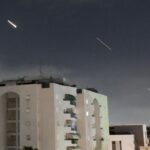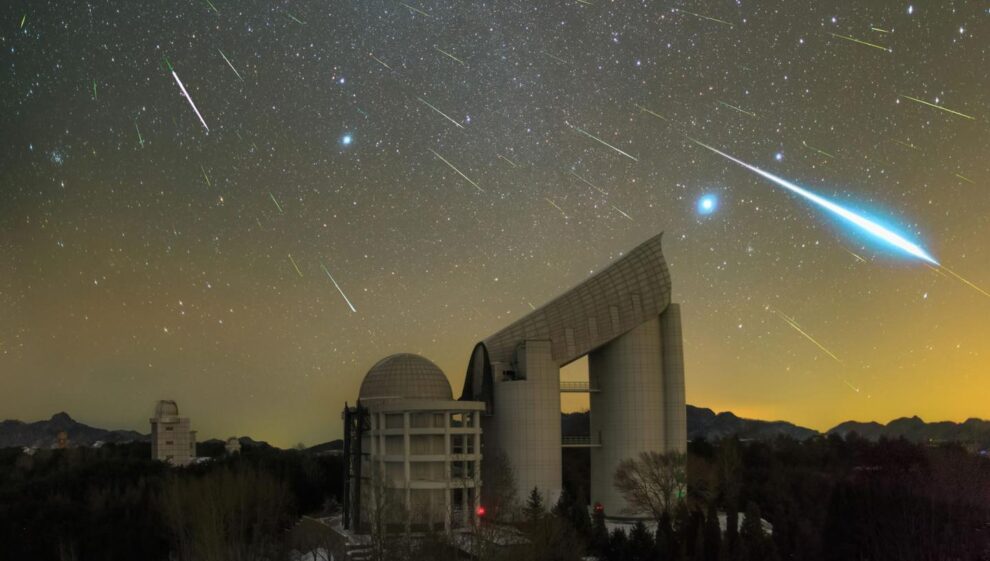If you noticed a loud boom and a bright flash across the Friday evening sky in central Indiana, researchers say you likely saw a meteor.
Homeowners from multiple Indiana counties reported loud shaking, a fireball and explosions from Kokomo to Greenwood, according to WTHR, the Tribune’s newsgathering partner.
The noises and flashes could be seen from Lafayette to Logansport, and Greenwood to Kokomo. Preliminary reports indicate the flash and boom could have been a meteor, or a sonic boom that was a result from a meteor.
Several pictures and videos taken by security home cameras captured the likely meteor as it entered into and burned up in Earth’s atmosphere.
Dr. Brian Murphy, the director of the Holcomb Observatory and Planetarium in Indianapolis, told WTHR that a meteor was the likely source.
“This sounds like it was a fireball, which is a relatively large object,” he said, like a large rock entering the atmosphere.
Pilots in Kentucky reported spotting a meteor to the north, according to Hamilton County Emergency Management. A lightning detection system picked up something over Carroll County, and the “current theory is there was a sonic boom from a meteor.”
According to the American Meteor Society, the annual Lyrids meteor shower is currently gracing the night sky with dozens of meteors viewable under ideal clear, no moon night sky conditions.
Most meteor showers, including the Lyrids meteor shower, are caused by debris from a passing comet.
For the Lyrids, the comet is named Comet Thatcher, which was first discovered on April 5, 1861, the last time the comet was perihelion, or at its closest point to the sun.
At that time in April 1861, the comet was not visible to the naked eye, but as it came closer to Earth and the sun it did become visible to the naked eye before disappearing in early June 1861.
Comet Thatcher takes 415 years to go around the sun once and is going to be perihelion next around 2283.
Even though Comet Thatcher is currently traveling outward and away from the Earth and sun, every April Earth’s orbit brings it into the debris field left by Comet Thatcher in its 1861 visit.
The Lyrids meteor shower takes place between April 16 to 25. It’s best viewed between midnight and sunrise and can be seen in the northeast night sky. Counts typically range from five to 20 meteors per hour.
Source: Kokomo Tribune






































